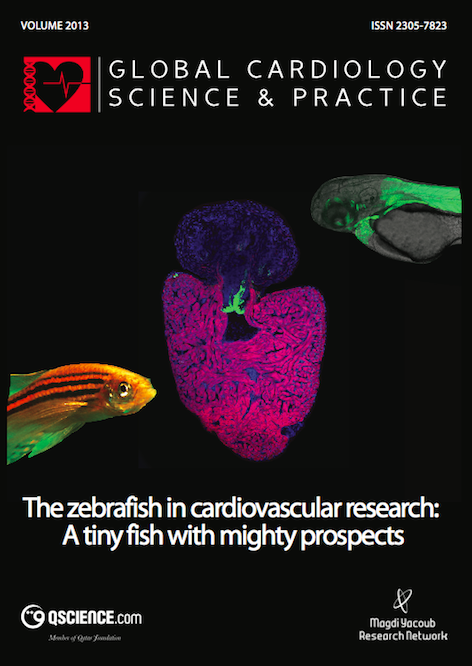Temperature management in cardiac surgery
Abstract
[no abstract - first paragraph of article]
Maintaining a constant core body temperature of 37°C is essential for survival, through maintaining optimal organ, tissue and cellular function. Tight temperature regulation is achieved through a complex, integrated system of thermogenesis and heat loss. Different levels of hypothermia for defined periods of time can be protective. Temperature management during and after cardiac surgery, as well as after accidental hypothermia can have major effects on both immediate and long-term outcome. Through knowledge of the mechanisms of temperature regulation, we can understand its influence of on different vital organ functions in modern cardiac anaesthesia. We here describe mechanisms of thermoregulation, the protective effect of induced hypothermia, detailed techniques and risks of temperature changes during cardiac surgeries.
Downloads
Published
Issue
Section
License
This is an open access article distributed under the terms of the Creative Commons Attribution license CC BY 4.0, which permits unrestricted use, distribution and reproduction in any medium, provided the original work is properly cited.


